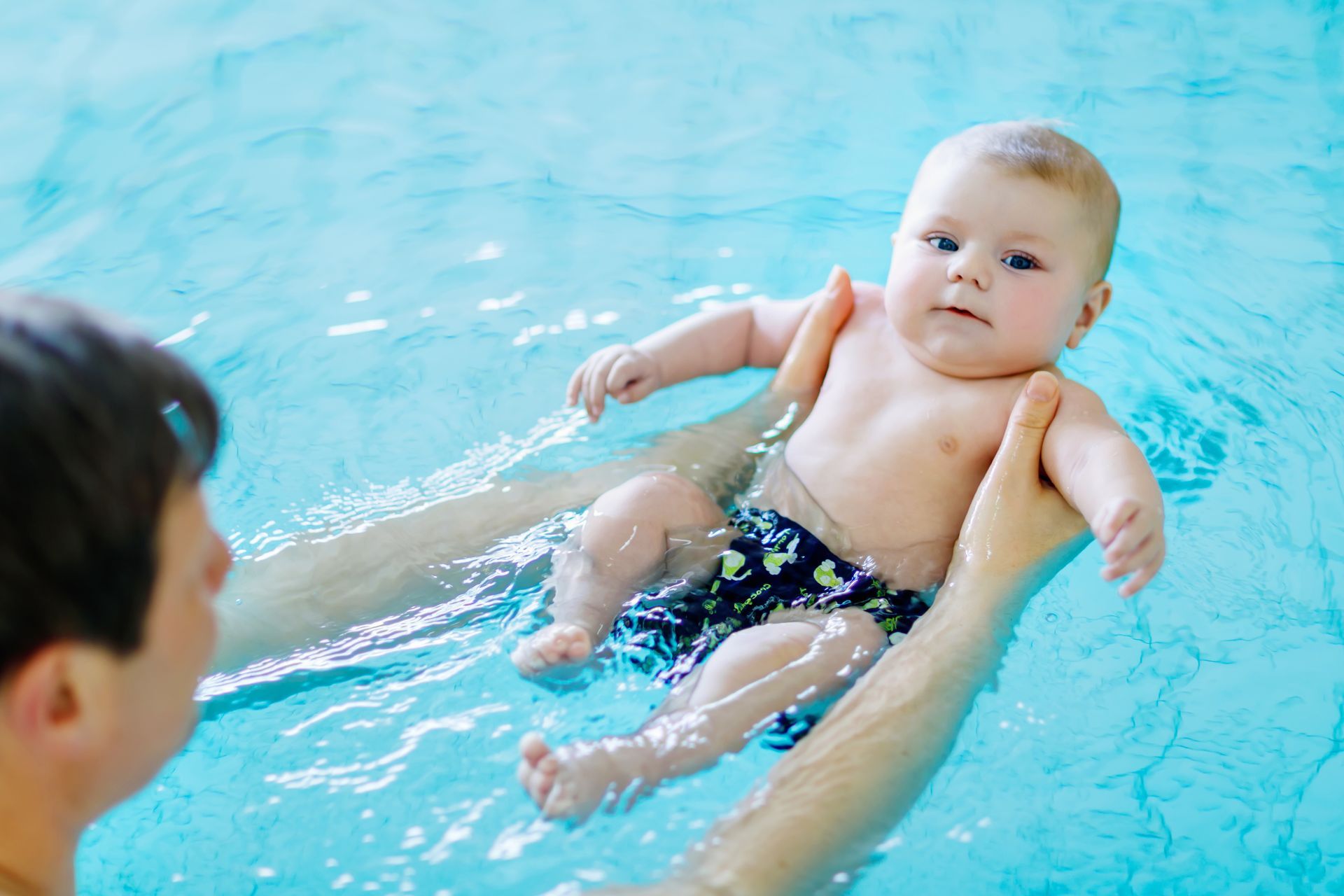By Melissa Taylor
•
July 27, 2023
Splashing water is one of the most enjoyable things for babies to do, whether it is taking a bath or in the pool. But do you know when your baby should start learning how to swim? Children should start learning how to swim as early as possible. Some babies start swimming even at the age of two months. So, if you want your baby to learn how to swim at an early age then here are some tips to prepare them. Make bathing an enjoyable event Whether your baby is interested in playing in the water or not, if you want them to learn swimming as soon as possible then you will have to make it more enjoyable when they are near water. A great way to start is while taking bath. You can increase their interest in water by providing them with a warm environment and water so that they can feel more comfortable than playing with cold water. In order to make bath time a fun experience, you should enjoy it with them so that they can replicate you. To make bath time more fun for your child you can use some rubber or washable toys so that they can enjoy them while taking bath. Splash water Unexpected splashes of water are one the oldest ways to develop the interest of your child towards the water. Though it can be a bit startling for them when water enters their nose, mouth, and eyes but with time they can get used to it while taking bath regularly. You can encourage them to splash water from the bathtub in response to your splash so that they can easily understand its effects and fun. You can also expose your baby to shower nozzle by bringing it down and spraying water on their face as well as on their belly or arms so that they can experience the water’s effects more closely. Make fun after a bath After finishing the bath, instead of rushing out, you should take some time to wrap your baby in a warm towel so that they can enjoy that moment before getting dry. Now pat them gently with a towel to dry them from top to bottom and make them relax with your soft voice or a song. It will give your baby a unique experience after getting out of the water. Blowing Bubbles It can be difficult for children at a young age to understand that they have control over their breathing, making it hard to teach them how to hold their breath while swimming. The best way to show your children how to begin regulating their breathing is by blowing bubbles in the water. Demonstrate the different ways the bubbles appear depending on how hard you exhale and encourage them to do the same. Buoyancy Lessons When bathing with your child, you have an excellent opportunity to safely show them the effects of buoyancy on their body, allowing them to learn how to float. Place your child in the bathtub before it is filled with water, and then begin filling it so they can feel the water start to lift them up. Keep them from sliding under at first, and soon they will figure out how to float on their own without your assistance. Swimming lessons After introducing your baby to water in the bathtub and they feel comfortable it’s time to get some formal swimming lessons. At Small Fish Big Fish Swim School, they can get lessons from experienced Aquatic educators that specialize in working with babies. All instructors are participating in continuing education and will be taking part in an 8 hour workshop given by the United States Swim School Association. But it doesn’t stop there, we teach self-confidence, discipline and well-being through the lifelong sport of swimming. Want your baby to learn how to swim? We offer free classes for babies 6 months old or younger. The free lessons do not include cost of Small Fish Big Fish annual membership fee. Membership is required to qualify for Free lessons. You can also sign up for our Free Trial here https://www.smallfishbigfish.com/free-trial







